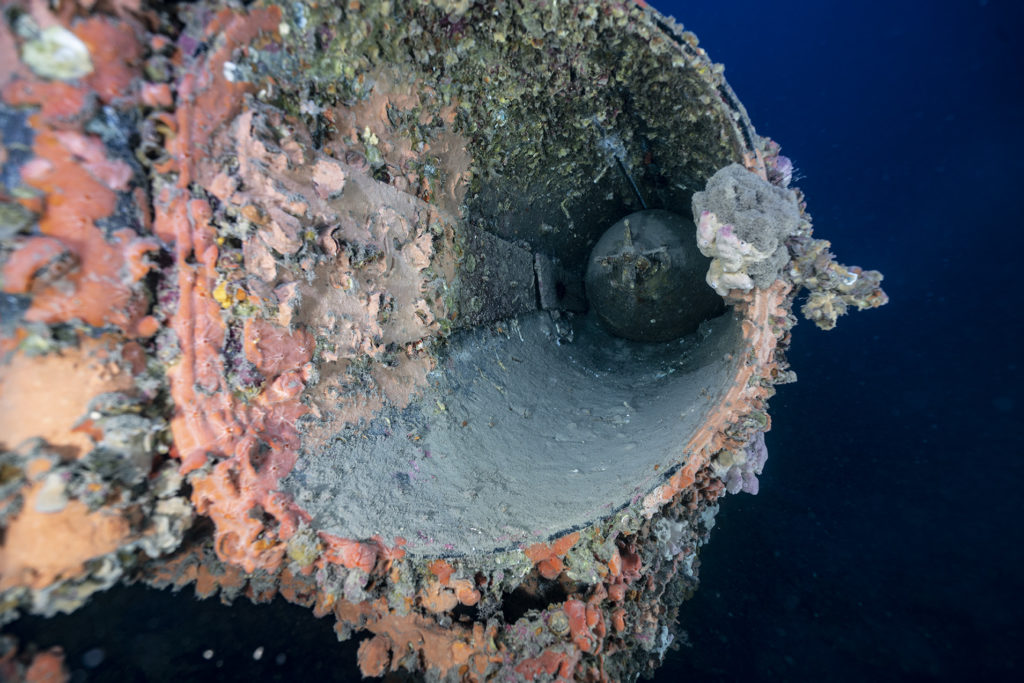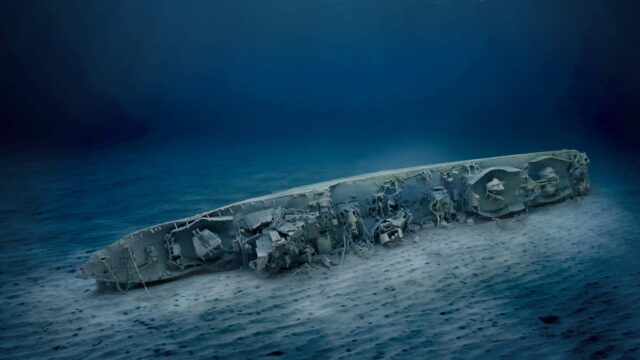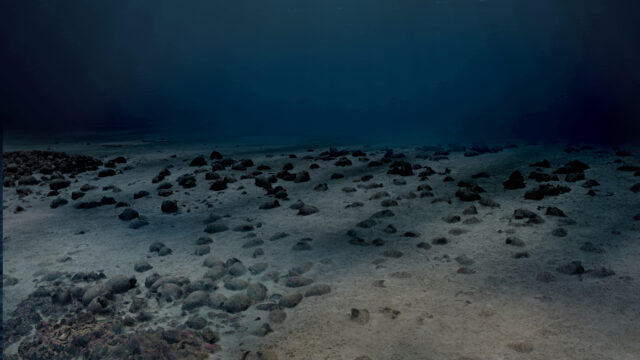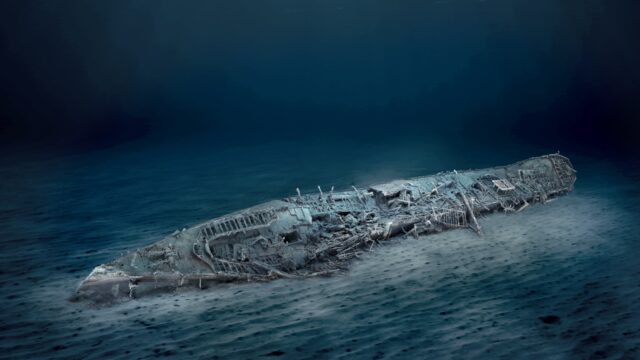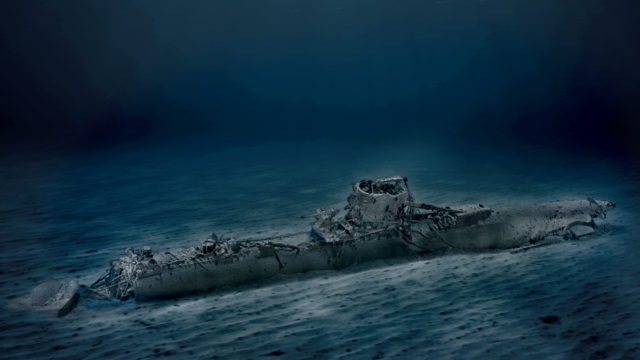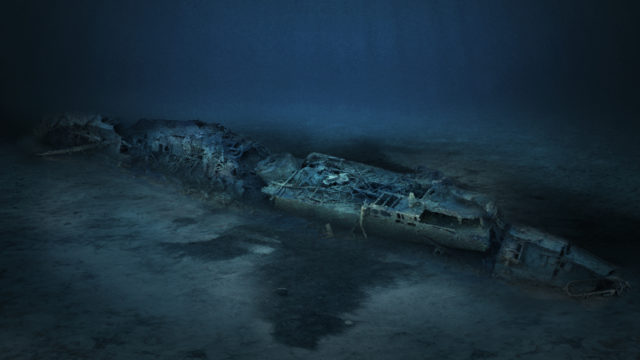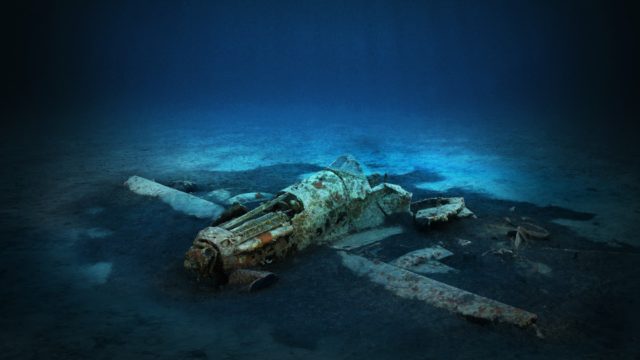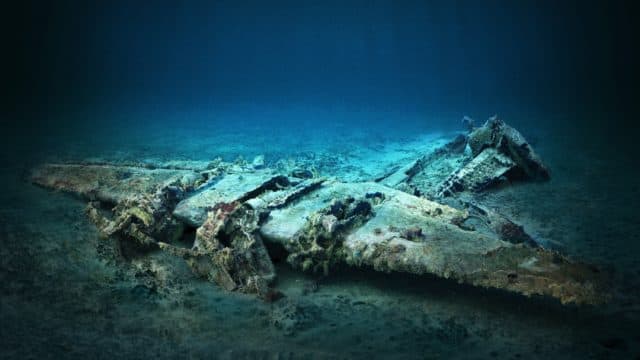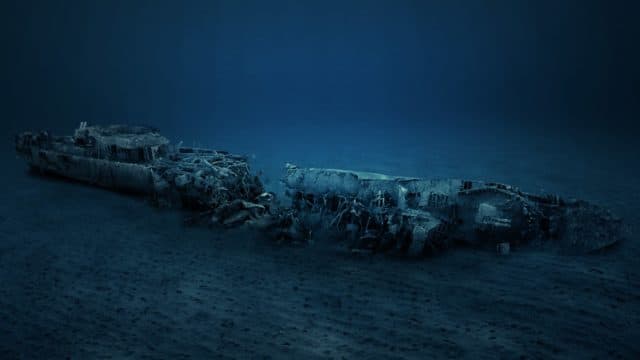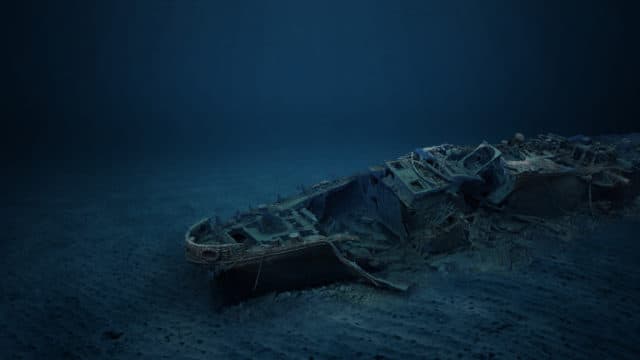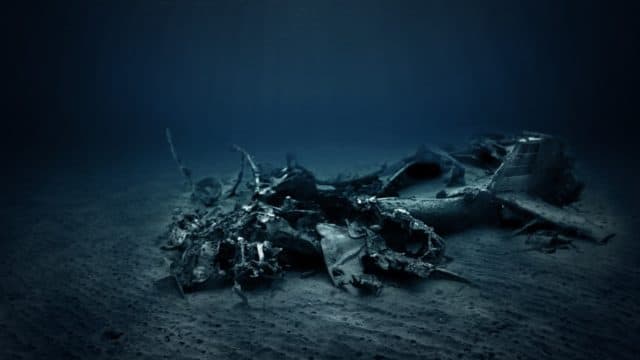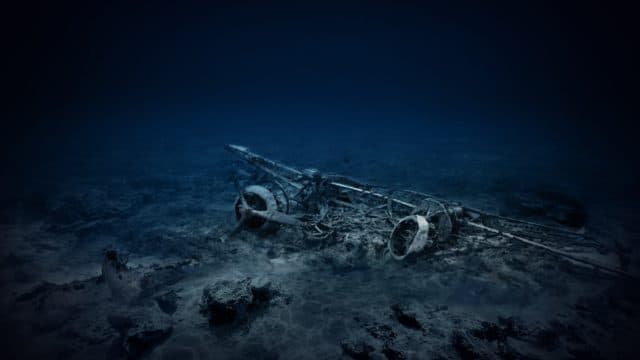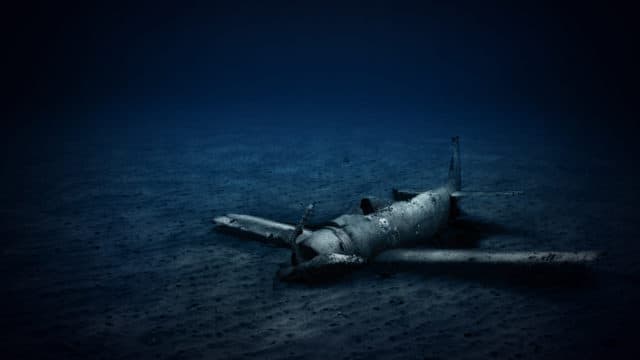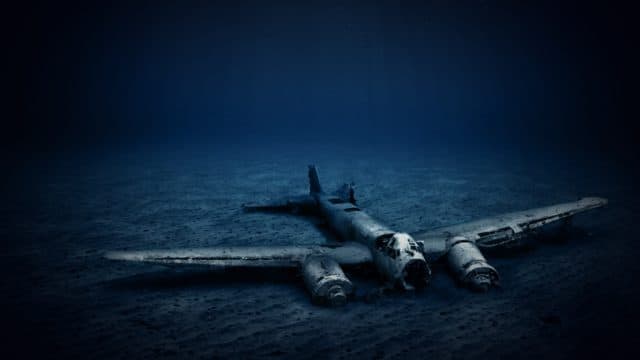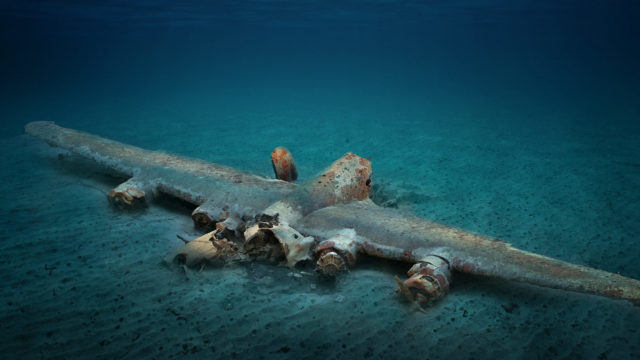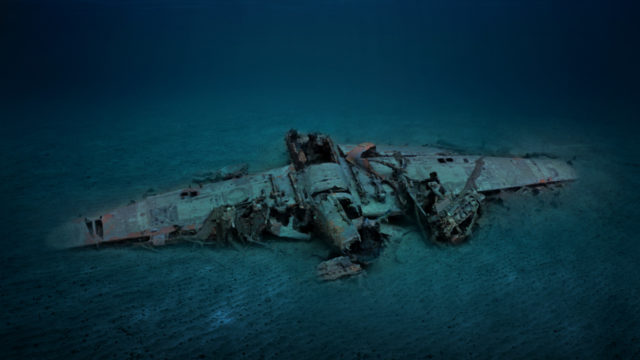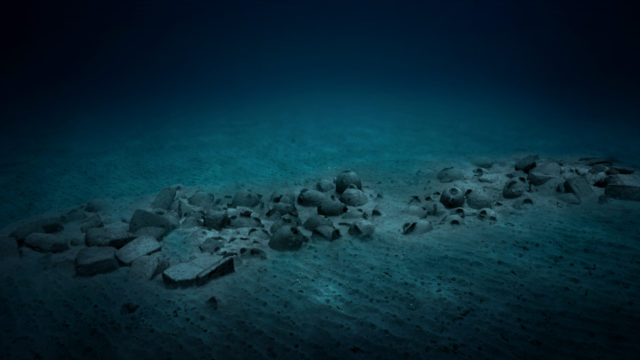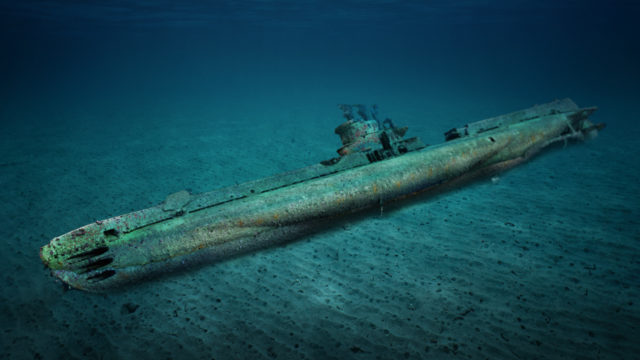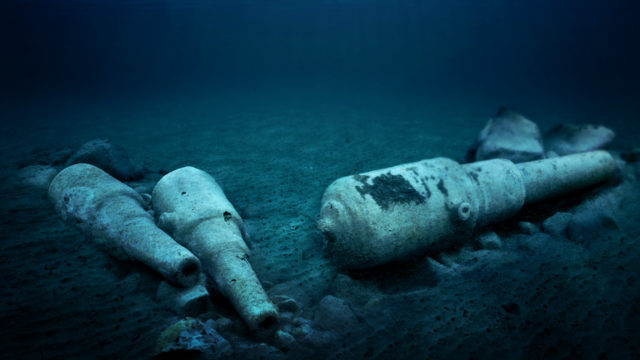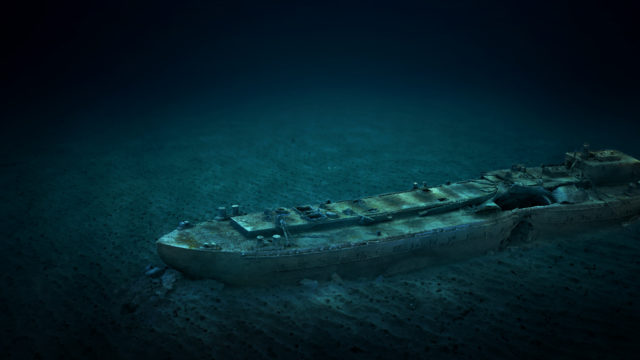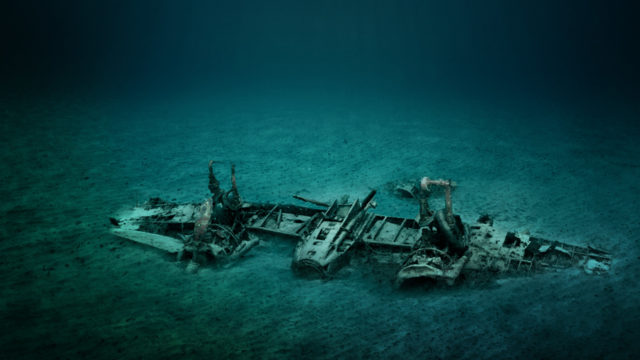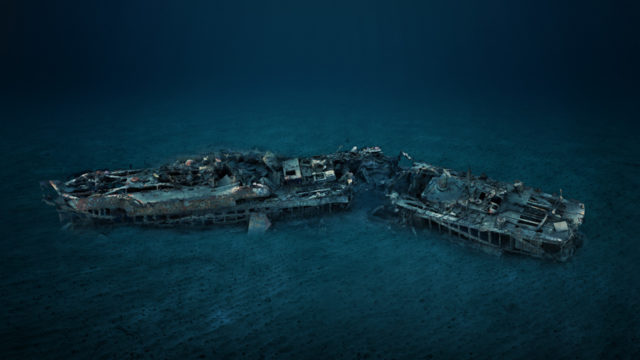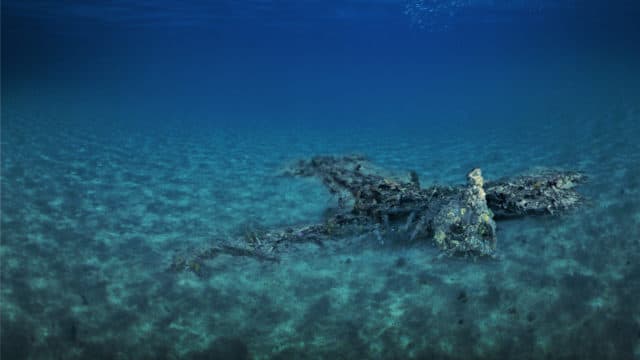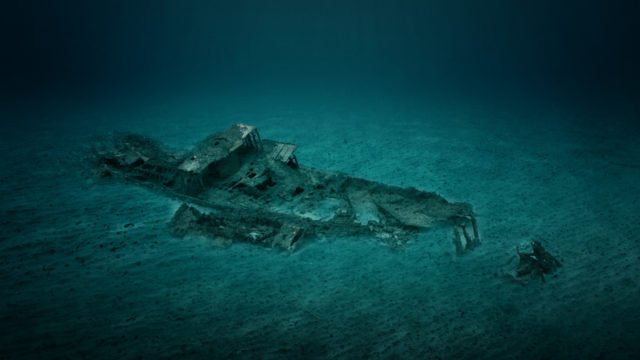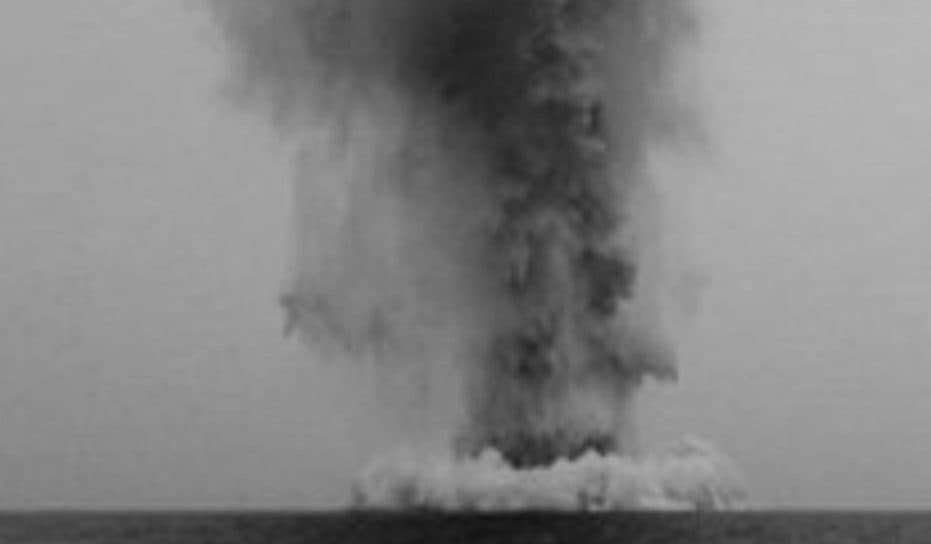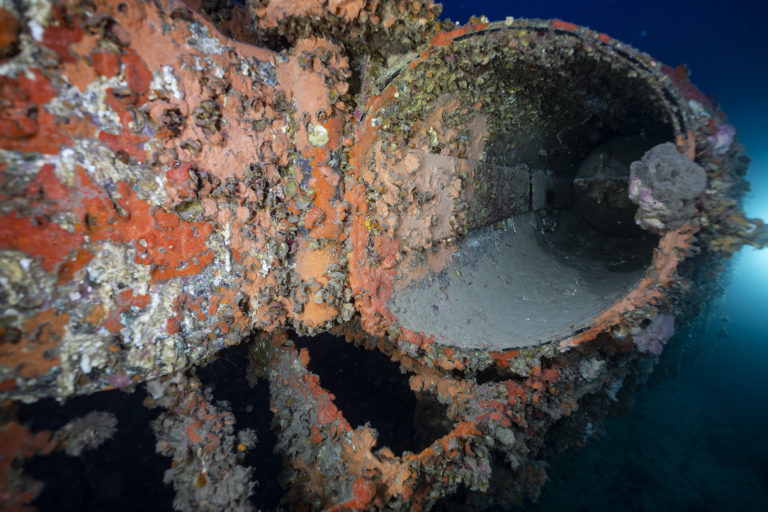Schnellboot S-31
Schnellboot S-31
With the arrival of torpedoes in naval warfare came the introduction of submarines and other types of surface crafts that eventually developed into torpedo boats and Motor Torpedo Boats (MTB’s).
MTB’s were favoured by the British and Italian navies, however, in the post-World War I context, the German Reichsmarine were limited in terms of vessel production, as per treaty terms. The development of MTB’s was not covered in the treaty, resulting in German experimentation with speed-boat designs. The designation S stood for Schnell (fast) and by 1932 the Schnellboot (fast boat) developed into a new class of warship, that would see further improvements in length, machinery, and armoury. The S-30 class was the result of some of the most fundamental changes made to the Schnellboot design, the result of years of experience and design experimentation. The Schnellboot S-31 formed part of this class and was built by Lürssen, a shipyard based in Bremen-Vegesack, in 1939. On 3rd December 1941 the first five Schnellboot of the 3rd Flotilla arrived at the Augusta base in Sicily, reported as operational on 11th December 1941, and immediately deployed against Malta. The primary function of the 3rd Flotilla was the laying of minefields, and in fact 557 mines were laid in 28 different fields in Maltese waters. On 9th May 1942 the Schnellboot S-31, S-34 and S-61 were laying a minefield, when shortly after completion and only 700 metres from the shore, S-31 struck a mine next to the engine room and sunk, resulting in the loss of life.
 War Memorial
War Memorial  Unexploded Ordinance
Unexploded Ordinance 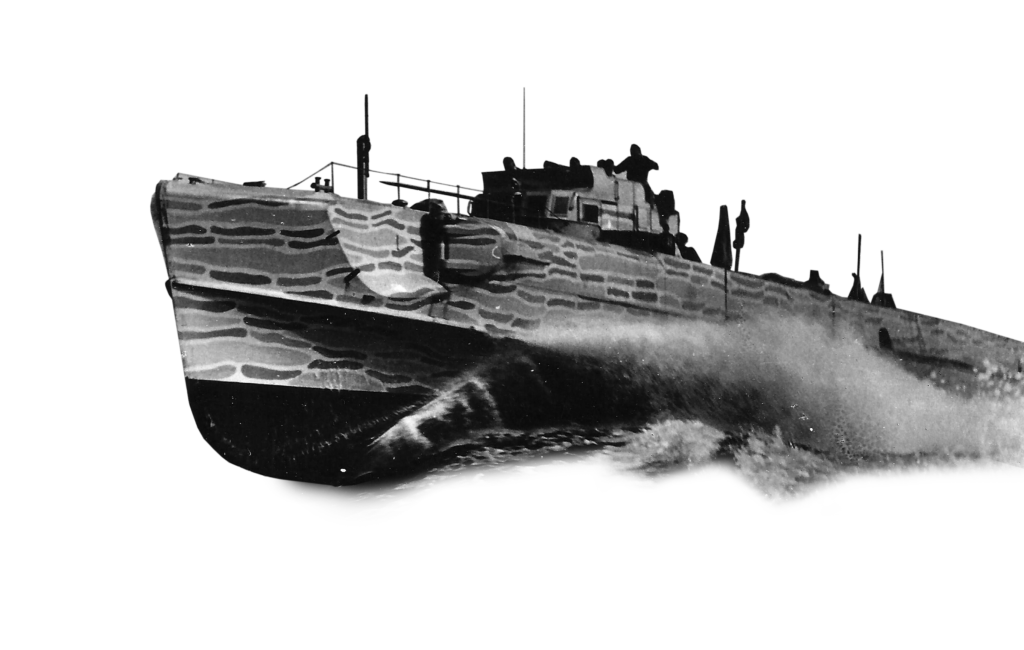
The Wreck.
The wreck of the S-31 was discovered by divers in September 2000, first surveyed by the authorities in 2006, and a full photogrammetric survey was completed in 2019. Today, the S-31 lies outside the Grand Harbour at a depth of 65 metres on a silty seabed. The hull of the Schnellboot lies in two pieces, with the wooden elements having deteriorated away leaving the metal frame behind. The rest of the MTB is fully intact, with engines, propellers, twin torpedo tubes, one of which is still loaded, and anti-aircraft machine guns still visible. Whilst the wreck is open to the public for diving, respect for the war grave of fallen servicemen is expected, and caution is advised due to the presence of unexploded ordinances.
Propellors
The propulsion system of the German Schnellboot consisted of three screw propellers, each powered by a 20-cylinder 2,000hp Daimler-Benz MB 502 diesel engine. As the first Schnellboot were produced, continuous improvements were being implemented, foremost amongst which was an advanced rudder system that created what is today referred to as the ‘Lürssen Effect’. This revolved around the addition of small rudders on either side of the main rudder which could be angled outboard to 30 degrees, creating an air pocket behind the three propellers. This air pocket allowed for greater efficiency, a reduction in stern waves and also allowed the Schnellboot to remain at a nearly horizontal orientation. These improvements made the German MTB’s hard to see, particularly at night, which greatly contributed to their success in laying mines outside Malta’s harbours.
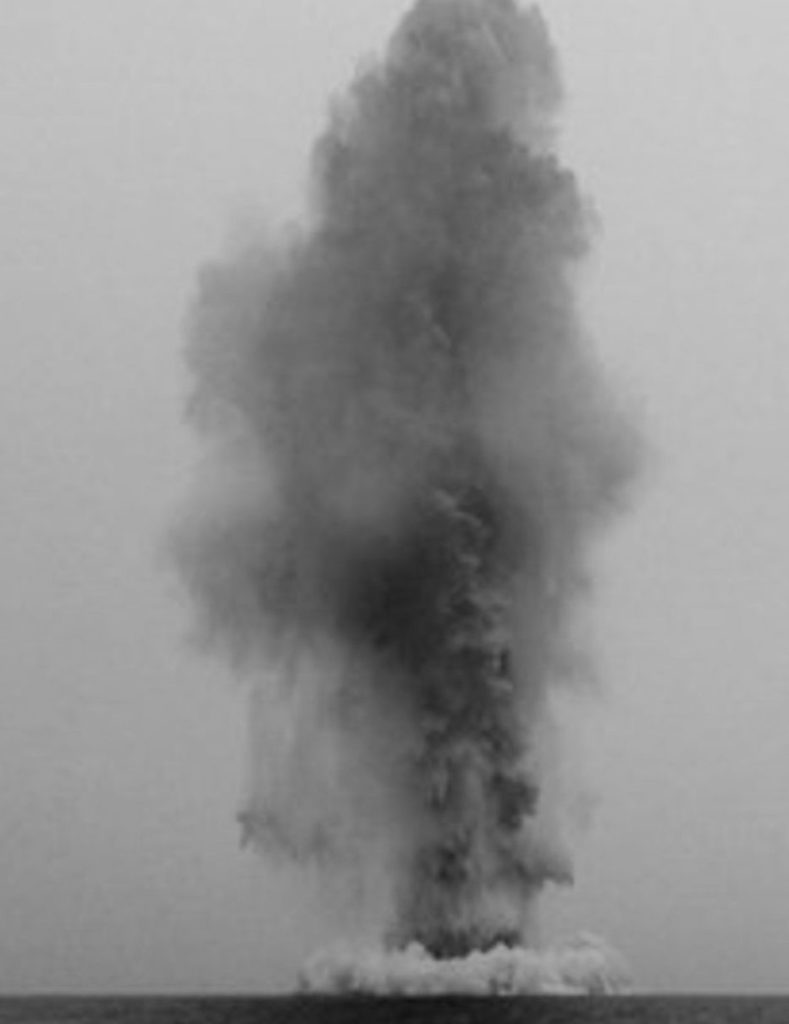
Mine Damage
In May 1942, the 3rd Schnellboot Flotilla based in Augusta, Sicily, received intelligence from the Luftwaffe that a vessel was approaching Malta, namely the British minelayer HMS Welshman. It immediately sought to intercept the minelayer as she approached the Grand Harbour from the north-east. Three Schnellboot (S-31, S-34 and S-61) also laid a triangular minefield off the coast of Sliema. One of these mines got loose from its moorings, rose to the surface and drifted into Schnellboot S-31, sinking the MTB and resulting in the loss of life.
Torpedo
The still clearly visible torpedo, waiting to be deployed, was a characteristic feature of the German Schnellboot. As per treaty terms, the German army and naval forces were greatly limited in their armament capabilities, terms which however, did not deter the Kriegsmarine from equipping its Schnellboot with two 21-inch torpedo tubes fitted to the forecastle, which could be easily removed in order to avoid detection. The type of torpedo used was the T1 or G7a torpedo, which was the Kriegsmarine’s first operational torpedo and its standard issue torpedo for all U-boats and torpedo-bearing surface vessels, such as the Schnellboot, from 1935 until the end of the Second World War. The T1 torpedo was 21-inches in diameter, 7.2 metres in length and with a bomb load of approximately 280kg. The torpedoes were powered by an engine that was fed by a mixture of both compressed air and steam, and had a variable speed that was determined by the level of pressure, with the 44-knot speed only used by Schnellboot. Whilst this method of torpedo propulsion had great speed and accuracy it also had the disadvantage of being loud and very visible on the surface, which often led to Schnellboot activities being carried out at night.
